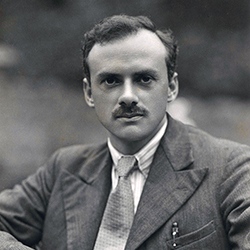
Paul Dirac
Paul Dirac, an internationally famous physicist was born on August 8, 1902 in Bristol, England. He has made profound advancements in quantum mechanics and quantum electrodynamics and his work has a profound effect on the world.
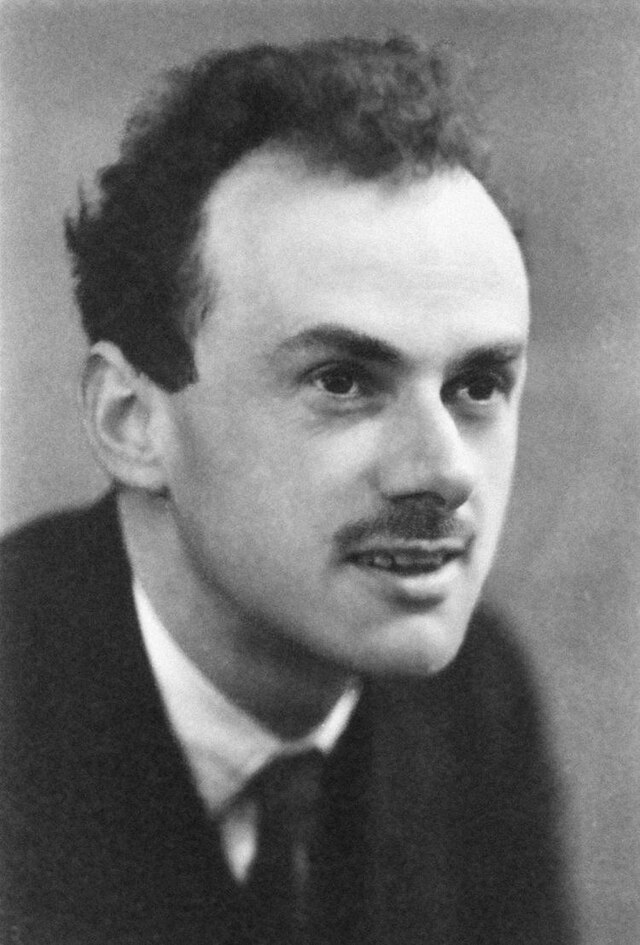
Dirac’s work affected the theoretical background of physics, creating a base for the appearance of new perspectives in the contemplation of quantum levels particles and forces.
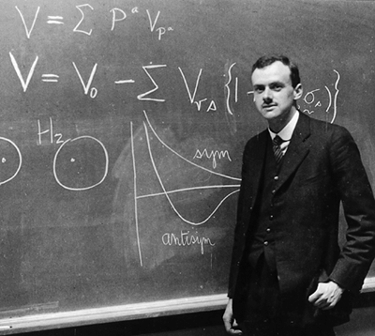
Childhood and youth Dirac was born in a scholars’ family, and from his early years he was fond of mathematics. He was at the University of Bristol and then at St John’s College, Cambridge with Ralph Fowler who had considerable influence on him at that initial stage of his Carrier.

Directory Dirac made very notable contributions to theoretical physic and started this process in 1925 with quantum mechanics. His well-known work, the Dirac Equation, was developed in 1928 involving quantum mechanics with special relativity and giving a hint of antimatter . This paved way to the development of what is known as the quantum field theory.
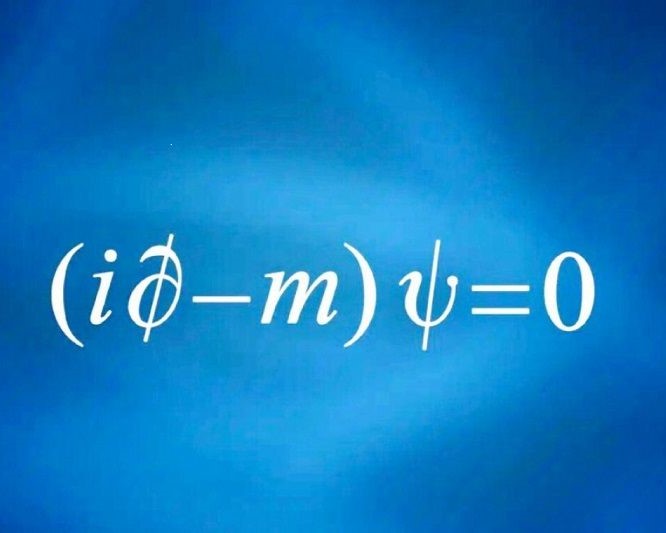
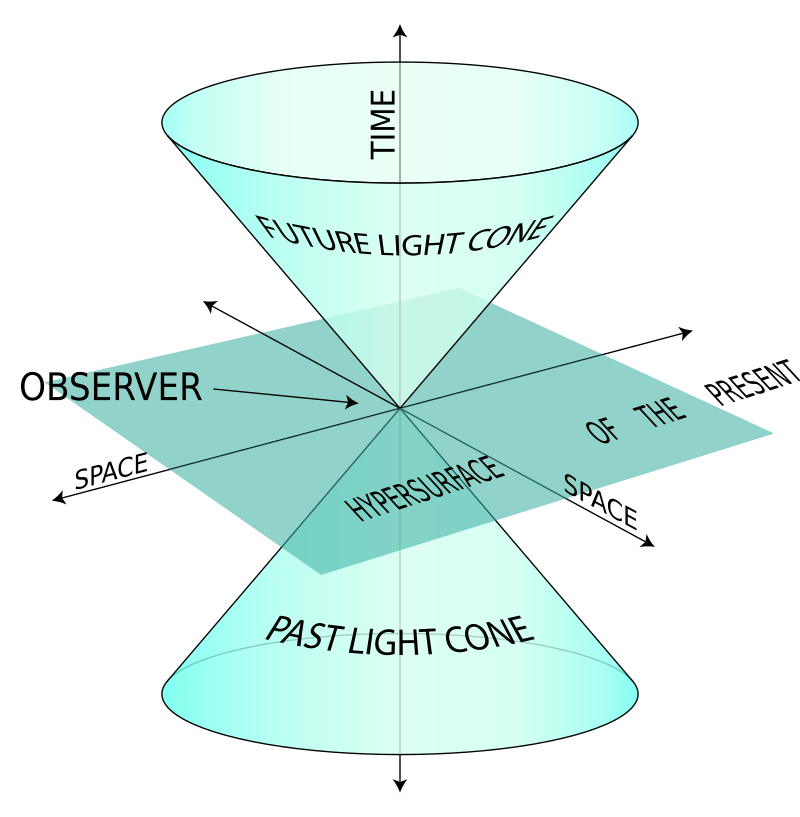
Although Dirac did not write directly about space exploration his discovery in quantum mechanics has been essential in astronomy as it helps in understanding the interactions of particles.
For the intellectual contributions, Dirac received many honours; he won the Nobel Prize in Physics in 1933 together with E. Schrödinger for the revolutionary discovery of new atomic theory. He also received Copeley Medal and the Max Planck Medal.
Front of camera Dirac was very shy man who even in the moments of public speeches he lacked confidence something that he changed when in 1943 married Margit Wigner and left England to go to United States. He was not very outgoing but his contributions to the theoretical physics was more than any giant in the field.
Major discoveries that Dirac accomplished in the sphere of theoretical physics sound in the annals of the twentieth century . They still direct the search for the key to the world’s enigmatic dilemmas even today. His life and work continues to influence today’s physics and solidifies his position among those great thinkers in the history of science.